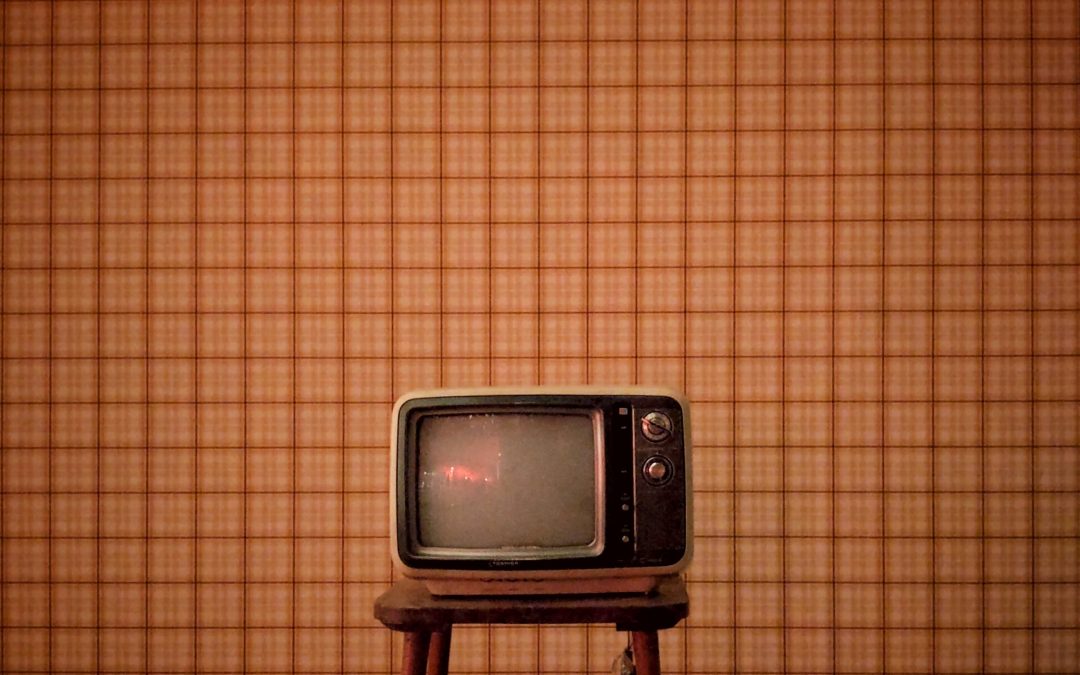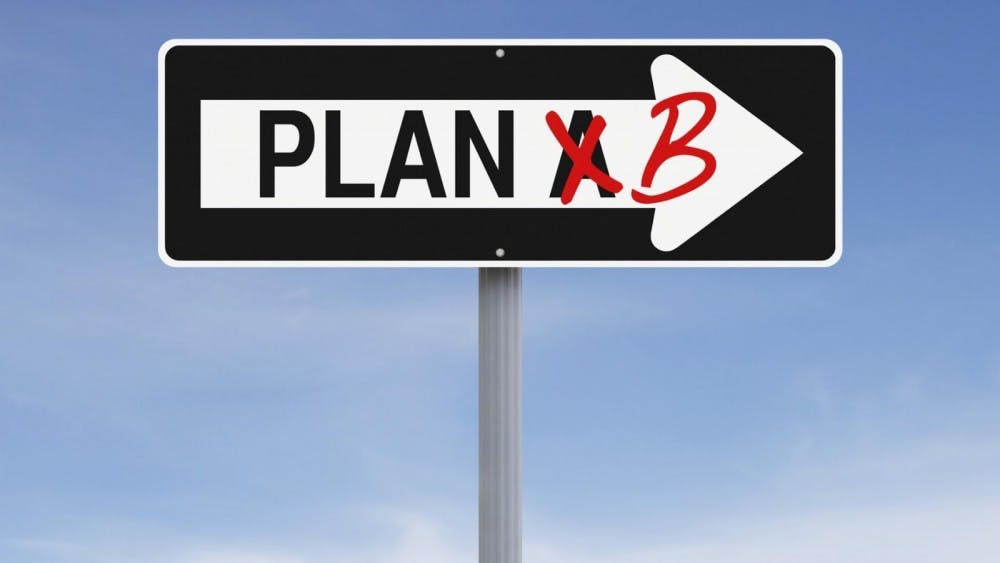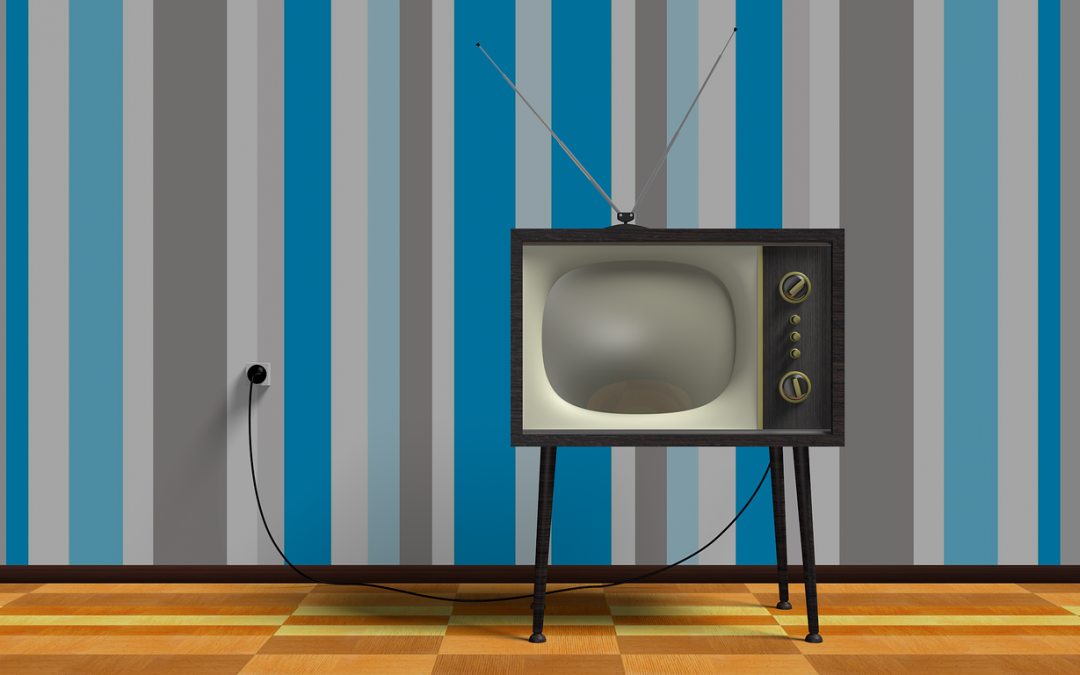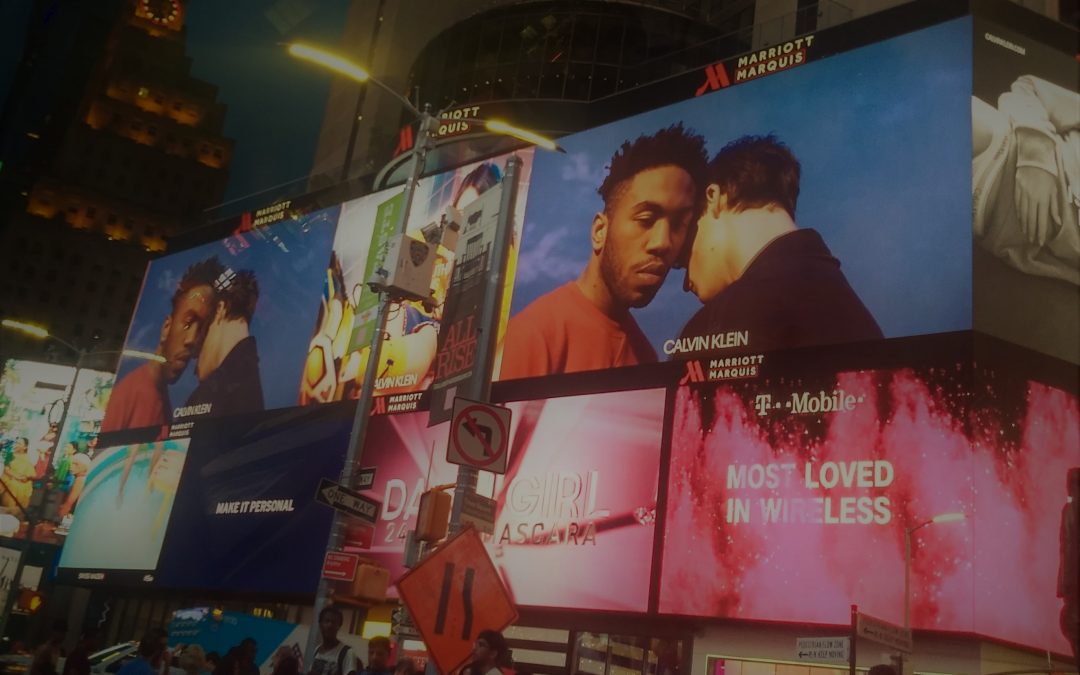It was about three weeks ago when we became a full fledge streaming household.
And now the end of local TV advertising impacting us has hit our home.
It was a gradual process and our story is both personal and widespread.
If your business has been using the local TV stations to advertise, you’ve probably seen a decline in new customers coming from your TV ads. Today I am going to share with you my families experience with TV viewing and at the end offer you some alternatives.
My wife and I are Baby Boomers and our 5 kids are all in their 30’s. My wife and I grew up with over the air TV. I grew up in Fort Wayne, Indiana with ABC, CBS, NBC, PBS and an independent station (now FOX) as my 5 choices. If we wanted to watch a show some other time than when it was broadcast, my parents would record it themselves on real video tape cassettes. (My wife grew up in the Chicago area,where they had a few more TV stations available).
In my 20’s I had cable TV with nearly 100 different channels available for less than 30 bucks a month. CNN was the 24 hour news channel, TBS and WGN were the two local stations that were now national and then there were things like the Home Shopping Channel, the Weather Channel and American Movie Classics that I recall getting significant viewing in my family but the local channels were still getting the majority of our screentime. This was the 1980’s and 1990’s I’m talking about. MTV with video jocks debuted and they actually played music videos the way a radio station would play music back then. I worked on the air at a top 40 radio station and remember seeing all of this unfold and wondered in the back of my mind, what would happen to radio listenership now that music television was competing with us.
However as you know, the MTV of the past couple decades is nothing like that now. It’s just another one of the 200+ video channels out there. Music radio has had other competitive challenges but MTV and their sister station VH1 don’t compete with radio anymore.
When I returned to Fort Wayne 20 years ago, I was talking with a friend of mine who worked in TV advertising about the impact of cable TV and he said it was minimal at the time. Despite the fact that Comcast was in 70% of the homes, people were still watching what we call Live TV. Live TV is what the stations and networks are broadcasting live at the moment. Well that has changed.
Just like the internet of today is nothing like the internet was when Facebook launched about 15 years ago, TV viewing is different too. Even the terms have changed. The words screentime and video are replacing viewership and television and for a good reason. My first computer was a desktop computer with a dial-up connection in 1998 or so. It was slow and clunky and you had to sit at a computer desk. Watching video over the internet was unheard of.
Within 5 years I bought a new desktop for the family, a laptop for myself and we had flip phones now too.
Fast forward a few more years and the kids are all out of the house, some in college, some married, everyone has a phone in their pocket that is more powerful than my first desktop computer and we can now watch video on any number of devices. The concept of the family gathering around the TV together is gone forever except for special occasions like perhaps the Superbowl.
Meanwhile there’s this company called Netflix that started out as a DVD rental company but has evolved to an internet delivery system. Amazon has grown from the original bookseller to the seller of everything and their Prime Members are now able to watch movies and shows online too.
YouTube started in 2005 and 15 months later gets bought by Google which continues to support it and make it a huge money machine for them. Want to learn how to fix a leaky faucet? Watch a video on You Tube. I give this example because the radio station I work for, WOWO in Fort Wayne had a long running home improvement show every Saturday morning for a couple of hours. Listeners could call in and talk to an expert free about their home project. Over the nearly 20 years the show was on WOWO we started to see a decline in listener participation. From my own experience as a homeowner, I can see how this corresponded with the growth of YouTube. No longer did I need to wait until Saturday to get my answers, I could search for a YouTube video on Tuesday and get the answers. YouTube has been listed as one of the top 5 search engines in recent years.
So now you know the backstory of how TV viewership converted to video screentime over the past 30+ years, there is more that has been going on in the past couple years that is hurting local TV viewership today.
It’s two things actually. Cord Cutting and Television Programming.
Television Programming has had the biggest impact. The shows that the big broadcast TV networks are showing are not getting the viewers compared to years ago. Part of this is ABC, CBS, NBC and FOX have failed to recognize who watches Live TV. It’s not the younger generations. My kids have no need to watch. Sure they’ll watch some PBS Kids shows with their kids, but not over the TV broadcast airwaves live.
Most of my 30 year old kids don’t have access to local broadcast TV. But they have Netflix. Which brings me to the Cord Cutting revolution.
With my wife and I being empty nesters, the last time we moved we had 5 TV’s hooked up to Comcast/Xfinity which I scaled down to 3. One TV in the family room, one in the bedroom and one in the guest room for grandkids. Our internet and TV package was $200 per month and going up. I called this stupid money. For a couple of years I tried cutting the cord but could not get my local broadcast TV channels. Finally in the summer of 2018, after researching on YouTube I came up with a way to boost my local TV’s broadcast reception and switch to an Internet only package from Frontier. $40 per month instead of $200. However since my wife wanted to watch her cable news shows, I also added another $40 to get the DirectTV Now streaming package, which made it $80 per month. Still less than 1/2 the price of having cable.
I had to add a few inconveniences, to make it all work like Chromecast on the two main TV’s so we could send the streaming from our laptops to the TV’s but we worked it out.
Direct TV is owned by AT&T and recently they renamed the DirectTV Now streaming service to ATT TV Now and they’ve also been jacking up the price. What was $40 became $50 and now is $65. ATT has been losing money on their streaming services and losing subscribers too. Millions of them have left. Last month I left too.
Our family now uses the YouTubeTV streaming service. I did my research and even signed up for a 5 day free trial. After the first day, I saw a vast improvement in the user experience. So did my wife.
On the second day, I bought a Roku Streaming Stick to convert our family room TV to the smart TV experience. Our bedroom TV I bought last year was already a Roku smart TV. My wife was instantly impressed with the options and quality and the convenience, considering that before I did this she had to lug her laptop from room to room and chromecast her stream to the TV. This new experience was reminiscent of the convenience we had with cable TV but even better.
So here we have two baby boomers doing what the younger generations have already been doing and that is abandoning local broadcast TV and traditional cable TV for a streaming package that offers more at a fraction of the cost. YouTubeTV in Fort Wayne does offer the local broadcast channels live if we want to watch them. However the programming from CBS, NBC, ABC or FOX, we are more likely to watch later, not live and we can do that easily. When we watch Bull, or NCIS on our own time schedule, we don’t get any local ads. This is much different from decades ago when my Dad used to record his favorite shows and they included the local TV commercials.
Here is the advice I give my friends and clients regarding local broadcast TV advertising. Buy the local news. Skip the rest. However even that idea is questionable. My local newscasts are now broadcast online live without the commercials. Because they are doing whatever they can to find viewers. The sad part for you as an advertiser on those local TV newscasts, is it doesn’t include your business.
Here’s the other advice I give. Buy ads on my radio station. WOWO radio has remained the most listened to radio station for decades for grownups age 35 and older. You know, the people who are buying stuff, big stuff like homes and cars and kids stuff and grandkids stuff and vacations and well, you name it.
WOWO is wrapping up the year with another record breaking year in producing results for our advertising partners and I expect this to continue for many years ahead. Sit down with me and I can share more with you.
UPDATE: I just received information that the time spent with radio each week is DOUBLE the time spent with TV.
According to a new report from Nielsen, the ratings firm says adults 18 and older spend just shy of six hours with their TV-connected devices every week. Time spent with radio is nearly 12 hours per week. Also News/Talk (like WOWO Radio) is the most popular radio format nationwide. Details are here: https://radioink.com/2019/12/18/radio-listening-dwarfs-tv-watching/
Also if you are looking for Sound ADvice on business and marketing, fill out the form below for my Sound ADvice weekly newsletter. We take time off during holiday weeks but every other week, it will appear in your email Wednesday mornings.





